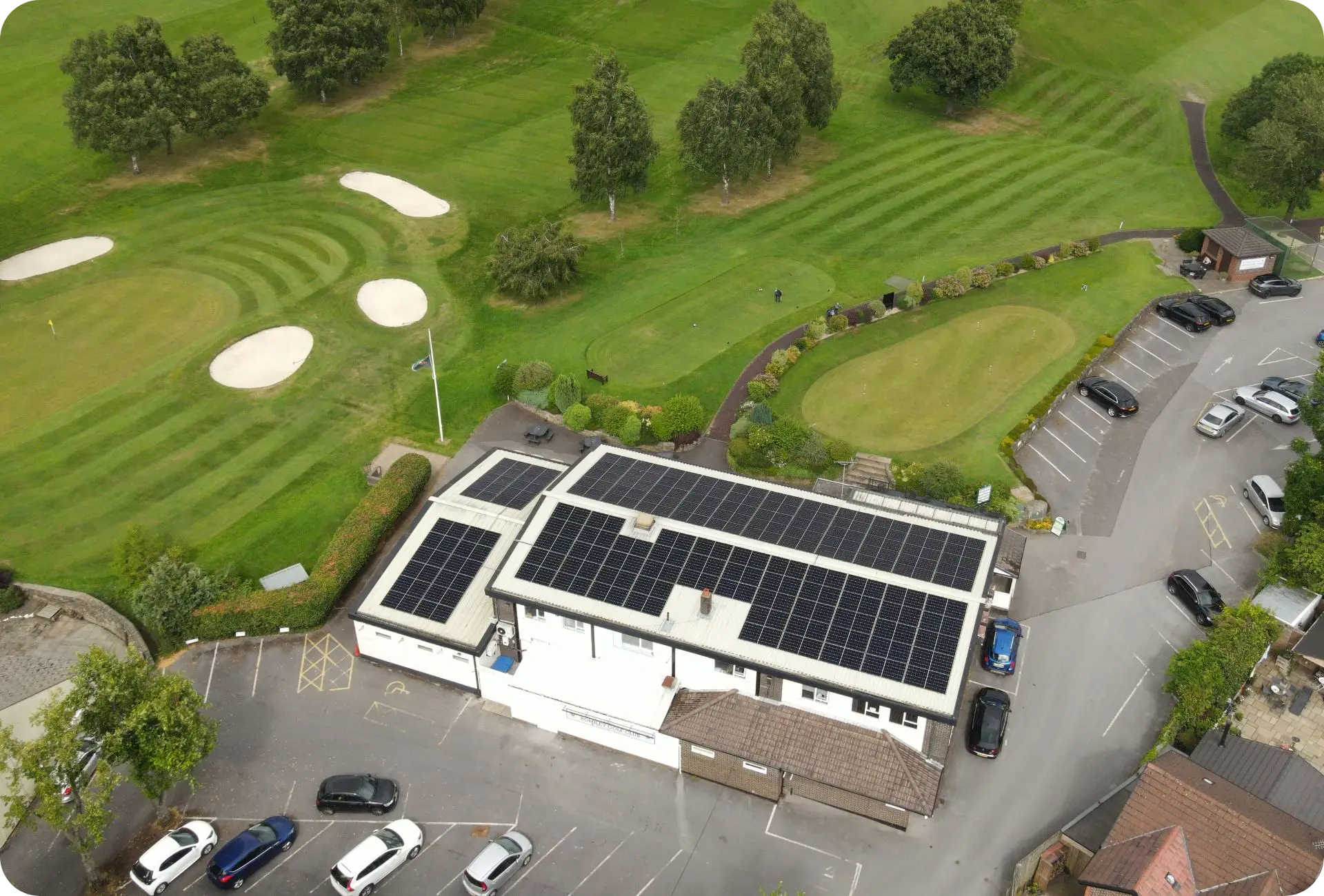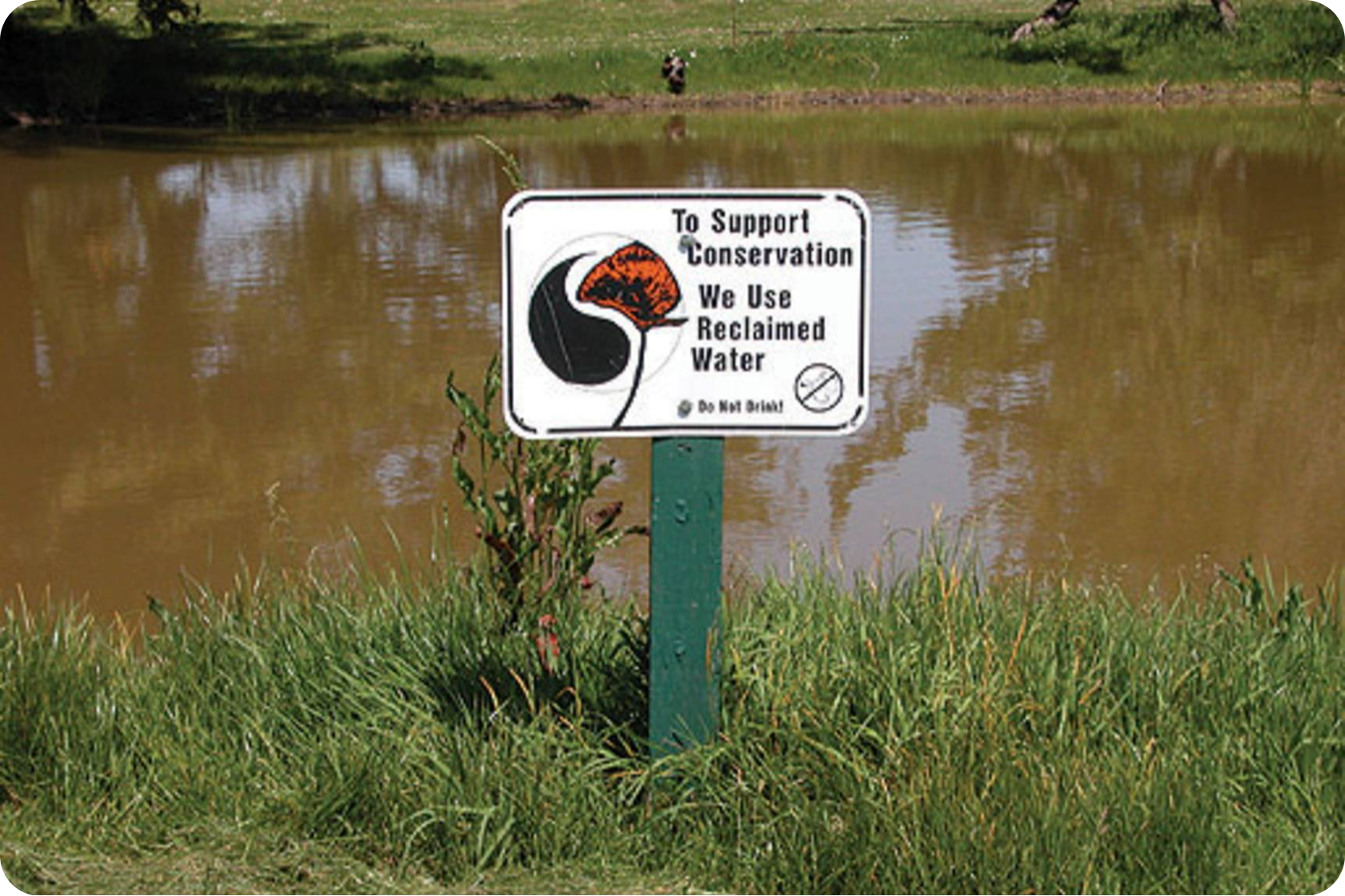How Golf Cart GPS And Data Technology Are Driving Greener Courses
The United States is home to approximately 16,000 golf courses that facilitate up to 28 million golfers, with and without golf cart GPS systems, yearly. These numbers account for nearly half of the global figures, placing the value of the entire industry at over $100 billion. As such, it’s no surprise that golf, and particularly golf courses, have been put under the spotlight in recent years for the environmental impact that they may have.
Golf courses require a significant amount of resources to maintain and operate, but golf courses worldwide have accepted the sustainable responsibility head-on. Now, where they were once seen as wasteful, there is a gradual shift towards golf courses becoming leaders in sustainable land use.
This shift is driven by a range of things: player expectations, new golf cart GPS technologies, and financial incentives that make eco-friendly practices desirable and practical. Smarter water and chemical usage, renewable energy, and data-driven maintenance all contribute to the cause as well. In this article, we unpack all of this and more to see how golf is moving towards a more sustainable future, and what courses can do to stay green.
Golf Cart GPS: What Is Golf Course Sustainability?
Golf course sustainability refers to operating a golf course facility in a way that protects nature, benefits communities, and conserves resources. This essentially means managing golf courses to benefit all three entities as much as possible. It involves balancing the quality of play for golfers with the ecological health of the natural elements, as well as minimizing or optimizing the use of water and chemicals, thereby reducing the carbon footprint and protecting local habitats.
The Global Movement Toward Environmental Accountability

In the recent past, there has been notable international emphasis on climate change, notable in movements like the Paris Agreement and the UN SDGs. These types of proposals have made it necessary for countries and industries of all types to be accountable for their impact.
Golfing bodies have, and are increasingly, embracing sustainability standards with their own movements, like the GEO Foundation, and their role in the Audubon Cooperative Sanctuary Program. With these programs, golf courses and the golf industry aim to not only take accountability for the sizable footprint courses have, but shift mindsets into becoming stewards of green spaces, acting as a model for other sports and recreational spaces with large carbon footprints.
Growing Player Expectations For Responsible Golf
With the global shift towards sustainability in all aspects, modern golfers, and particularly younger players, place increasingly greater emphasis on enjoying the game in a way that feels both responsible and rewarding. This means that more and more golfers base their choices surrounding which course to play on how eco-friendly the clubs or courses are.
The more sustainability becomes an expectation by communities, the more golf courses are compelled to oblige, for their own benefit as well as that of the planet. This is clear in how sustainability has become a feature in many clubs’ marketing and member acquisition efforts. In short, if a player knows that your club cares about sustainability and eco-friendly practices, they’re more likely to end up at your course.
Golf Cart GPS: The Financial Case For Golf Course Sustainability
Golf course sustainability isn’t just about doing the right thing for the sake of a better planet; it’s smart business as well. Over and above “doing good”, incorporating sustainable solutions in various sectors of a golf course will lead to reduced operational costs. For example:

● Better irrigation and the recycling of water lead to lower water bills.
● Smarter fertilizer and pesticide use leads to lower chemical costs.
● Solar power leads to lower energy expenses.
● Electric maintenance vehicles don’t require fuel or put out any emissions.
● Golf cart GPS technology can be a massive enabler of sustainability.
While these types of implementations may require capital upfront, the payback over the long term will offset the investment financially as well as in reputation. That’s not forgetting about governmental incentives that might also come into play, depending on the location, as a means of encouraging greener practices.
As regulations change and become tighter, early adopters are likely to benefit the most financially from applying these changes as soon as possible, rather than when they are forced to. Getting into the habit of sustainable practices now is the smart financial move.
Smarter Water Use: Irrigation and Turf Innovation
Water usage is one of a golf course’s biggest expenditures, both in terms of costs and the resource itself, making it one of the biggest sustainability challenges. A typical golf course requires an estimated 200 million gallons of water a year, or anywhere between 300,000 and 600,000 gallons per day. Fortunately, for golf courses and the environment, a combination of technology, design choices, and maintenance changes has made it easier to use water efficiently.
Using Recycled Water

Implementing systems where greywater and/or rainwater are used for irrigation is becoming increasingly more popular among golf courses, saving on potable water and, more importantly, costs to the golf course. These alternative water sources are often collected through on-site drainage systems or storage reservoirs, then filtered and treated to make them safe for irrigation.
Drought-Resistant Turf
Newly developed courses have the advantage of selecting a type/s of turf that would best suit the climate. For example, warm-season grasses in dry regions can thrive naturally without requiring copious amounts of water. Established golf courses can consider gradually reseeding with different types of grass that require less maintenance and less water.
Naturalization
Naturalization is the process of letting the natural elements in certain areas of a golf course thrive without needing to invest excessive resources, including water, into maintaining them. This, however, does not mean no maintenance; just far less than may have been perceived necessary. It also includes a shift away from the desire to have a ‘wall-to-wall’ green aesthetic and rather embraces natural landscapes as part of the beauty of the course.
Golf Cart GPS Mapping

Determining where and how much to irrigate at what times can be challenging when using conventional methods. This is where golf cart GPS technology can prove to be invaluable to golf course superintendents. The Tagmarshal Heatmap Visualization tool, in particular, can immensely improve maintenance efficiency and accuracy.
The heatmap not only shows areas with high traffic at the end of a certain period, but it can also help to identify areas that would require extra irrigation and even fertilizer. By making this maintenance precise rather than a guessing game or uniform practice, these resources are used smartly and aid in sustainability and cost-efficiency.
Sustainable Apparel And Equipment

Sustainability in golf extends far beyond the course nowadays. The fashion and manufacturing industries’ carbon footprints are more substantial than the golfing world’s. Golf clothing brands, too, have embraced the responsibility of sustainability, and the golfing world is seeing more and more brands turning to organic and recycled materials to produce their garments.
Even the equipment side of golf is making a shift, and brands are experimenting with biodegradable tees and balls to reduce plastic and rubber waste. Companies are also increasingly cutting back on packaging or making use of compostable materials, and at least one firm is claiming “zero carbon” clubs thanks to purchased offset contracts. This means sustainable golf isn’t just about the course; it extends into what’s in the bag, and sometimes the bag itself, too.
Golf Cart GPS and Smart Technology: Data-Driven Course Management That Drives Sustainability
Technology in its entirety can be a key enabler for sustainability, as it helps increase efficiency, reduce waste, and promote better solutions. Smart irrigation systems, for instance, are revolutionizing how golf course water management is done. These automated systems make use of sensors, real-time weather data, and even consider soil moisture and plant needs before watering occurs. They have been designed to effortlessly deliver the exact amount of needed water only when and where it is needed, thereby eliminating the risk of overwatering.
Renewable energy systems at golf courses are also appearing more frequently. With ever-increasing electricity costs, golf clubs are turning to solar power and, in some cases, even wind turbines, to minimize the financial burden. And once again, these types of commitments to sustainability are a win-win for golf clubs and the environment.
Tagmarshal’s innovative technology can play a pivotal role in assisting golf course superintendents with sustainable maintenance practices, too. We’ve touched on how golf cart GPS technology can play a role in assisting golf course superintendents with sustainable maintenance practices, but let’s take a closer look at how other Tagmarshal features can help with sustainability.

- GPS Tracking and Heatmap Visualization: Real-time golf cart GPS tracking can streamline golf cart traffic and movement on the course. This naturally will improve pace of play, but also reduces fuel and battery usage. It may seem like small gains in isolation, but they can exponentially add up over time and across thousands of courses. The technology also gives course managers and superintendents insightful data on course usage patterns, i.e., where players play the most. Focusing water and pesticide efforts on these areas while scaling back on others can reduce unnecessary expenditure, saving costs while benefiting the environment. The available data allows courses to optimize maintenance scheduling as a whole.
- Smart Routing and Geofencing: Tagmarshal’s technology allows courses to define restricted and sensitive areas, leading carts away from high-risk turf zones. This can reduce soil compaction, prevent unnecessary turf damage, and minimize the need for heavy maintenance or re-seeding.
- Performance Reporting: Performance reports are a key part of any business, and Tagmarshal’s reporting tools allow courses to track resource usage, cart traffic, and turf stress over long periods of time. As such, operators can use this visibility to quickly find inefficiencies, adjust practices, and measure the impact of sustainability initiatives.
Tagmarshal and The Future of Sustainable Golf Courses
The future of golf is inseparable from sustainability. As climate pressures grow and resource costs climb, courses that embrace innovation will not only survive but thrive. It’s safe to say that we can expect to see an even greater adoption of renewable energy practices, smart irrigation, and technology that makes sustainability measurable and actionable as the game modernizes.
Whether it’s solar-powered clubhouses or GPS systems that provide otherwise-immeasurable data to bridge the gap between course care and nature preservation, the result is a greener, more environmentally-friendly sport. The same data that enhances pace of play can double as a sustainability tool. Tagmarshal leads the way when it comes to golf course optimization, so ask yourself, is your club ready to become part of the innovation?
Get in contact with us today if golf cart GPS systems are the missing link in your sustainability efforts!
OPTOMIZE YOUR ON-COURSE OPERATIONS TODAY
Watch Demo
ABOUT TAGMARSHAL
Tagmarshal, the market leader in on-course optimization technology, provides courses with full, real-time operational oversight and reporting, giving golf operators the tools to manage pace and flow of play effectively, resulting in enhanced player experiences, increased efficiency through automation, and additional revenue generation.
Tagmarshal’s technology has collected over 10 billion data points from more than 75 million rounds of golf and has relationships with in excess of 700 partners, including Hazeltine, Whistling Straits, Baltusrol, Fieldstone, Bandon Dunes, Serenoa and Erin Hills.
Tagmarshal partners with several golf management groups, private, daily fee, public and resort courses, including 40 of the Top 100 US courses, as well as many $40-$60 green fee courses, which are seeing excellent results using the system.
 WATCH DEMO
WATCH DEMO